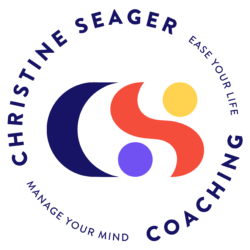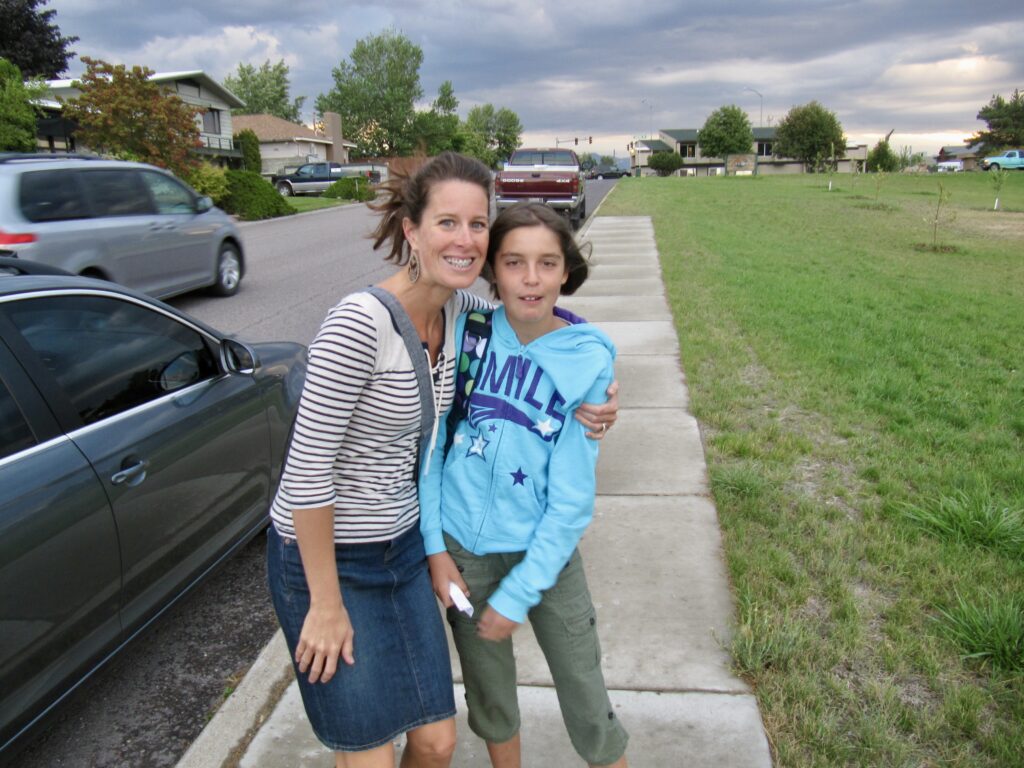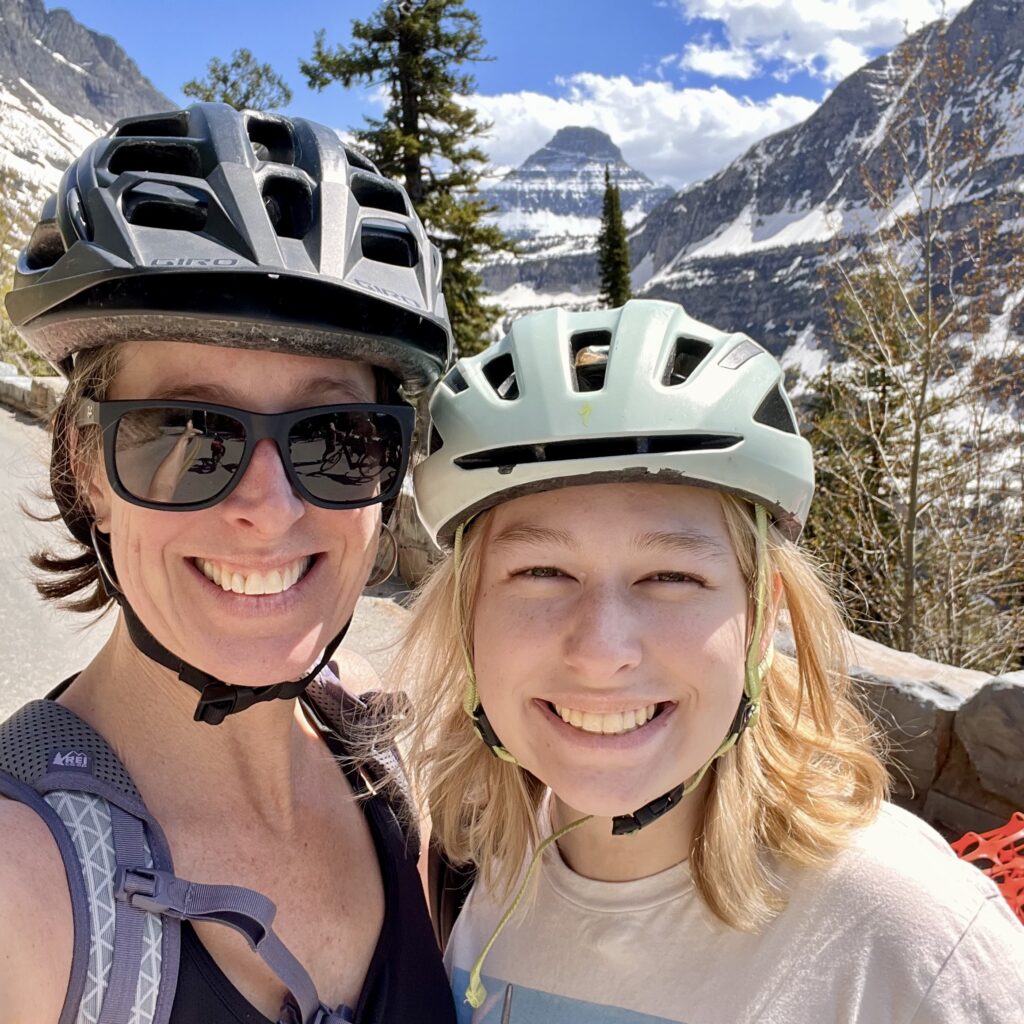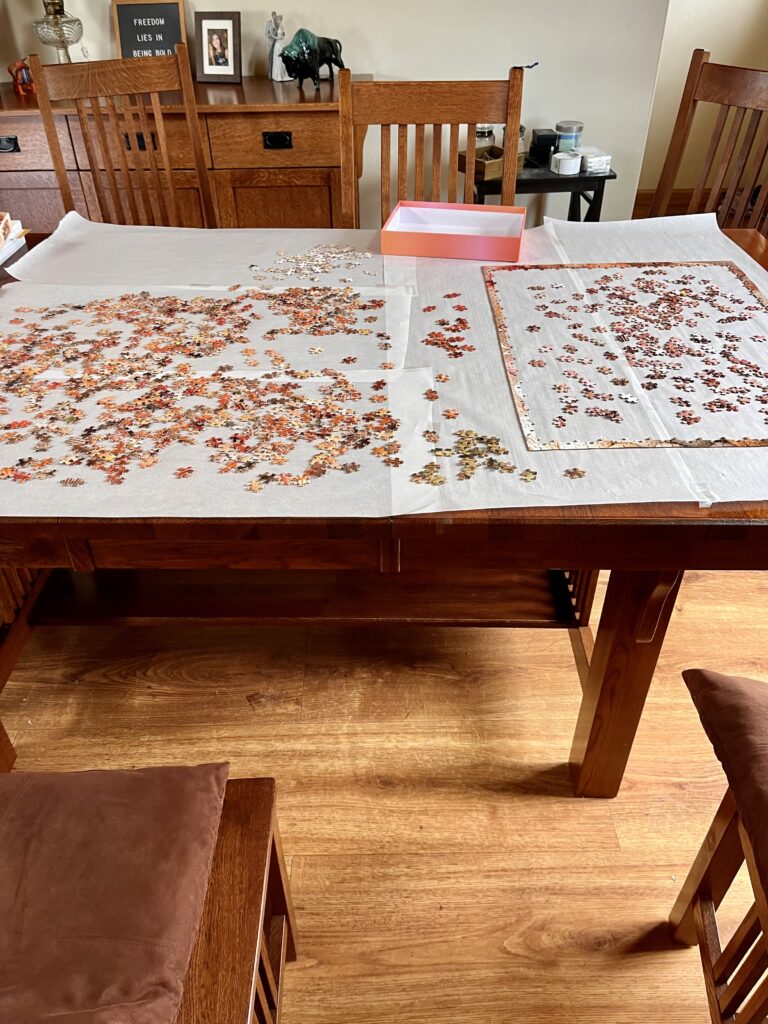Let’s be honest—burnout in healthcare is real. And it doesn’t show up the same way for everyone. Whether you’re caring for patients or managing a team, the daily grind can leave you feeling exhausted, stressed, and wondering if you’ve got anything left to give. The good news is—you’re not alone, and there’s a way through it.
Let’s talk about the four types of burnout that healthcare providers often face, how to spot them, and what you can do to start feeling better.
Emotional Burnout
What It Looks Like:
You know that feeling when you’re on your way to work and you’re already emotionally drained? That’s emotional burnout. Frustration is simmering just beneath the surface, and connecting with your patients or coworkers feels like a huge effort.
How to Spot It:
- You’re emotionally exhausted before your shift even starts.
- You’ve hit a wall when it comes to showing empathy.
- You feel frustrated or irritated more often than not.
What to Do About It:
Take care of you first. Set some boundaries around how much you’re giving at work, and make sure you’re spending time on things that recharge your emotional tank, whether that’s journaling or even a quick walk outside.
Physical Burnout
What It Looks Like:
Ever feel like no amount of sleep is enough? Or that your body’s constantly aching, even when you haven’t done anything strenuous? Physical burnout is your body’s way of telling you it needs a break—and fast.
How to Spot It:
- You’re always tired, no matter how much rest you get.
- You’re catching every cold or bug going around.
- Your body just feels… worn out.
What to Do About It:
Let’s start with the basics—sleep, hydration, water, and movement. I know it’s easier said than done, but your body needs it. Take mini breaks throughout the day, even if it’s just a few minutes to breathe or stretch. And when you’re off the clock, make time for low-impact activities that help you recharge physically.
Mental Burnout
What It Looks Like:
When you’ve been juggling a million decisions, and suddenly, your brain feels like it’s on strike. Mental burnout shows up as difficulty focusing, forgetfulness, and feeling like even small decisions are overwhelming.
How to Spot It:
- You can’t concentrate, or you feel mentally foggy all the time.
- You’re struggling to make even simple decisions.
- You feel scattered and disorganized.
What to Do About It:
Slow down and take things one step at a time. Break up your tasks into smaller chunks and establish priorities. Writing things down can help clear your mental clutter and bring some clarity. And if you need to, give yourself time to pause.
Compassion Fatigue
What It Looks Like:
This one hits close to home for a lot of us in healthcare. Compassion fatigue is when you’ve given and given, and there’s just nothing left. You still care about your patients or your team, but showing that empathy feels almost impossible.
How to Spot It:
- You feel detached or emotionally distant from those you’re helping.
- Helping others no longer feels fulfilling.
- You’re emotionally numb, like you’re running on empty.
What to Do About It:
Take time to reconnect with why you got into healthcare in the first place. Lean on your team for support when you need it, and don’t be afraid to step away emotionally when a situation is too draining. You can’t pour from an empty cup, so give yourself the space to refill it.
Moving Forward: Burnout Isn’t Permanent
Here’s the thing—burnout, in any of its forms, doesn’t have to be permanent. You can feel better. The first step is recognizing what type of burnout you’re experiencing and then taking small steps toward recovery. Remember, you don’t have to do this alone.
I specialize in helping people like you find balance, manage stress, and rebuild confidence. If you’re feeling burned out, let’s chat. You can book a complimentary, no-obligation consultation here.
Logan Health employees receive complimentary coaching, and I’d love to support you in getting back to a place where you feel energized and fulfilled at work and in life.
Take a small step today. Let’s work together to beat burnout and bring more balance back into your life.





